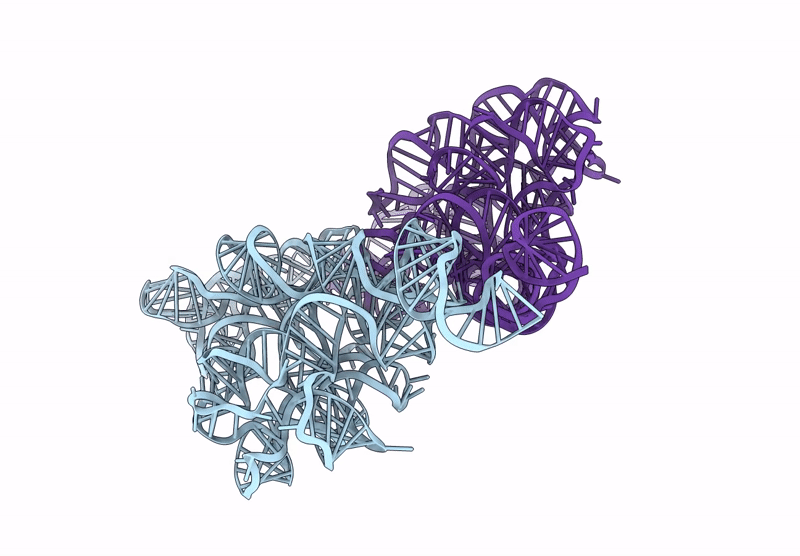
Deposition Date
2025-01-05
Release Date
2025-03-19
Last Version Date
2025-05-14
Entry Detail
Biological Source:
Source Organism:
Clostridium botulinum A str. ATCC 19397 (Taxon ID: 441770)
Host Organism:
Method Details:
Experimental Method:
Resolution:
2.60 Å
Aggregation State:
PARTICLE
Reconstruction Method:
SINGLE PARTICLE


